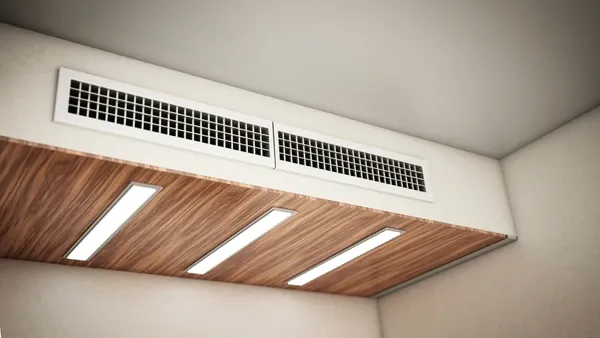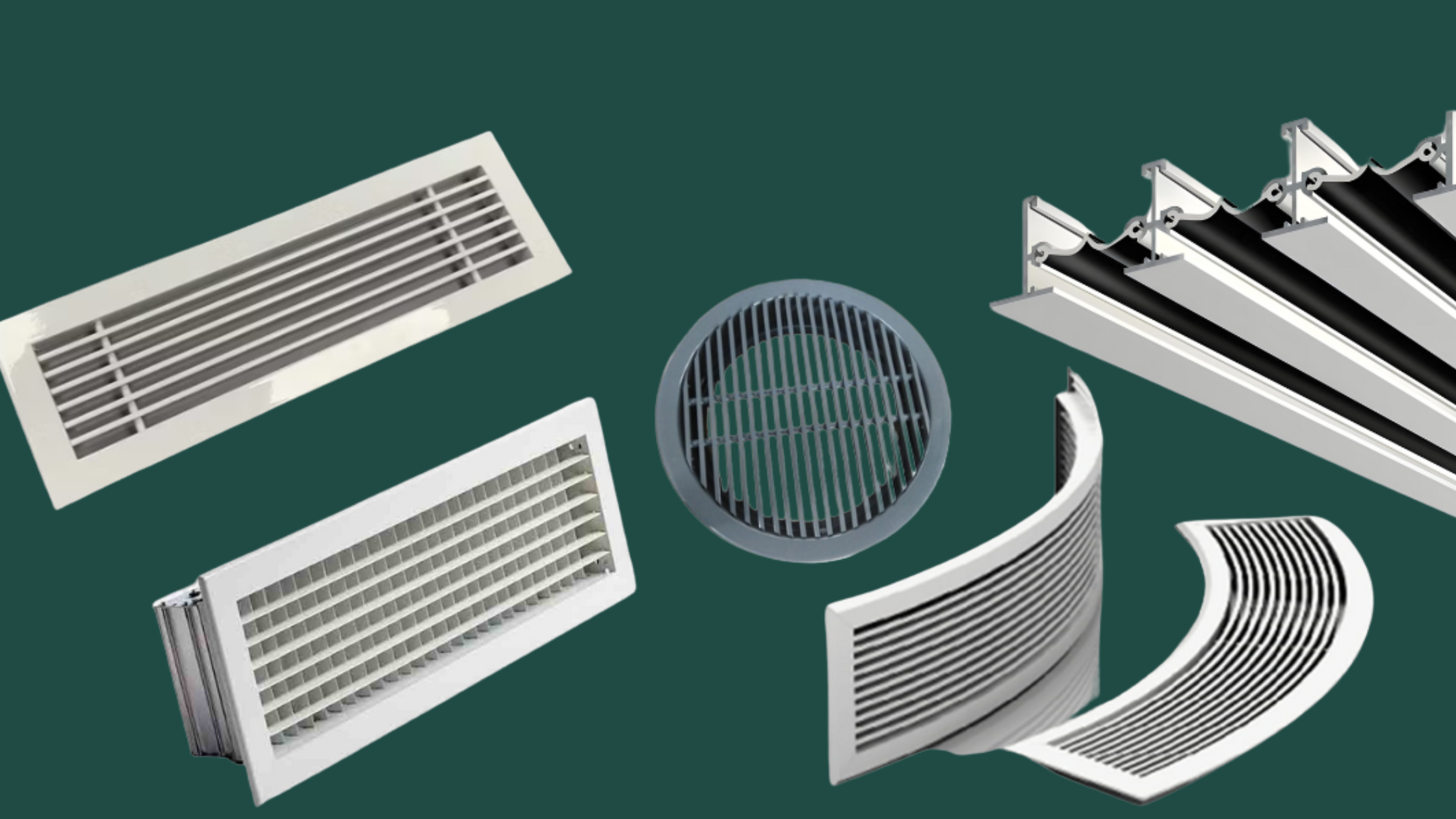AC Grill Size Chart: Find the Perfect Fit for Your HVAC System

The AC Grill Size Chart is a crucial guide for optimizing HVAC performance by ensuring proper airflow, energy efficiency, and indoor comfort. It categorizes grill types like supply, return, diffusers, and registers, considering factors such as airflow needs, aesthetics, and maintenance. Choosing the right size prevents inefficiencies and high energy costs, making expert consultation essential for balancing functionality and design.
AC Grill Size Chart
Choosing the right size for an AC grill is essential for ensuring optimal airflow and system efficiency. Various factors should be considered when selecting the appropriate grill size, including the specific requirements of the HVAC system and the characteristics of the installation environment.
Types of AC Grills

- Supply Grills: Designed to deliver conditioned air from the HVAC system, these grills are commonly used in both commercial and residential settings. They often come with adjustable louvers for directional airflow control.
- Return Grills: These grills facilitate the return of air back to the HVAC system for reconditioning, maintaining balanced airflow in the space. Noise reduction and airflow efficiency are key considerations when selecting return grills.
- Diffusers: Specialized grills that distribute air evenly across a space, diffusers are ideal for larger areas, ensuring comfort in environments like offices and auditoriums.
- Registers: Similar to grills, but equipped with a damper that allows for better airflow control, registers are essential for both residential and commercial HVAC systems.
Factors Influencing AC Grill Size
Airflow Requirements
Determining the volume of air that needs to be delivered to the space is crucial. Each room or zone will have specific airflow needs based on its size, purpose, and occupant density. It is recommended to consult HVAC system specifications to ascertain the airflow requirements for each area.
Aesthetic Preferences
The design and appearance of the grill can significantly impact the overall look of a space, especially in visible areas. Selecting a grill that complements the room's decor while maintaining functionality is important.
Installation Environment
The space where the grill will be installed, including ceiling height and wall materials, plays a vital role in the selection process. Ensuring that the grill fits well within the existing architecture is necessary for both performance and aesthetics.
Maintenance Needs
Different grill types have varying maintenance requirements, which can influence long-term costs. Grills that are easier to clean and maintain are often preferred for busy environments to ensure consistent performance over time.
Best Practices for Selecting AC Grill Size
To ensure optimal performance, it is advisable to consult with HVAC system manufacturers or designers when selecting grill sizes. Many manufacturers provide selection tools that assist in determining the right size based on room dimensions and airflow needs. Additionally, considering future modifications to the space can guide decisions on choosing slightly larger grills for flexibility. Proper installation according to manufacturer guidelines is crucial to minimize air leakage and ensure the system operates efficiently.
